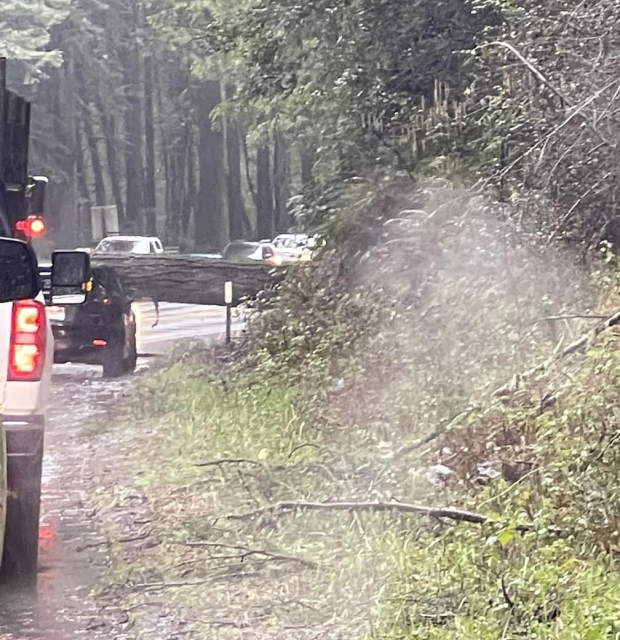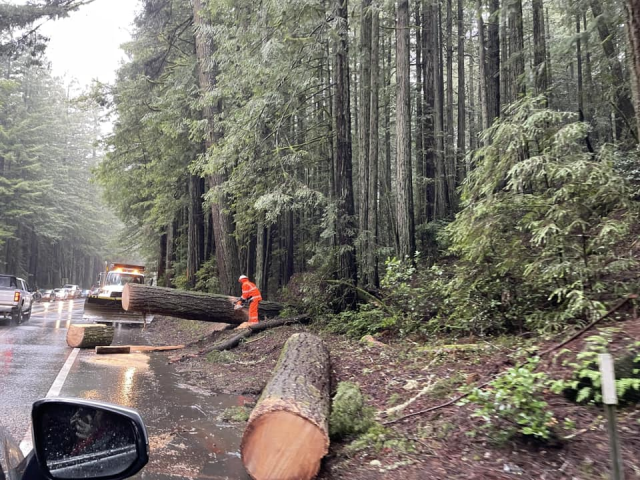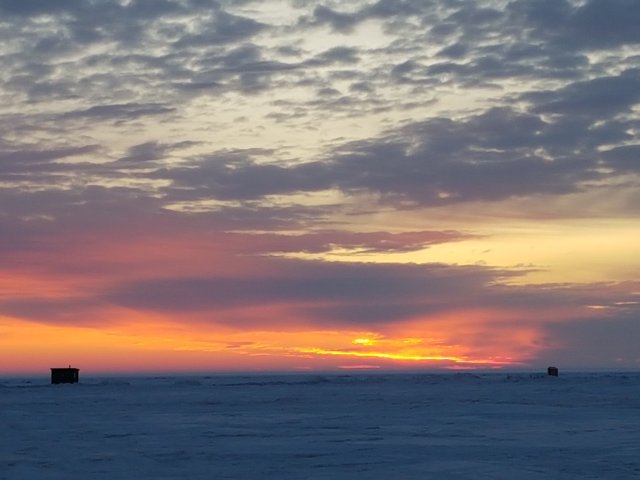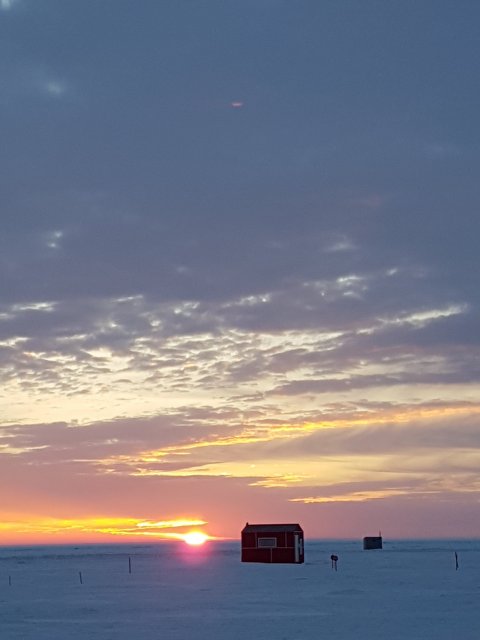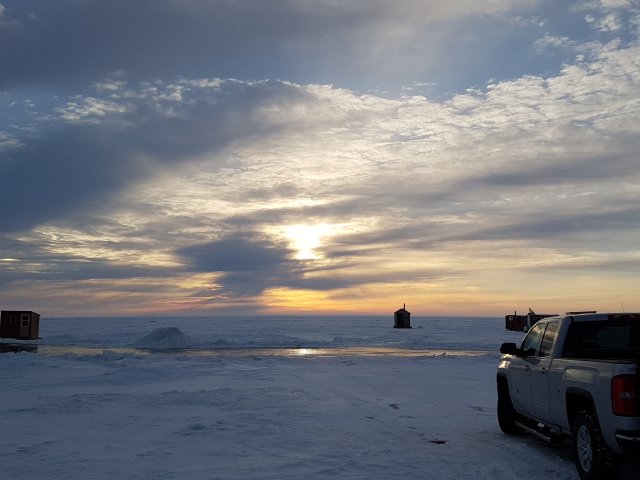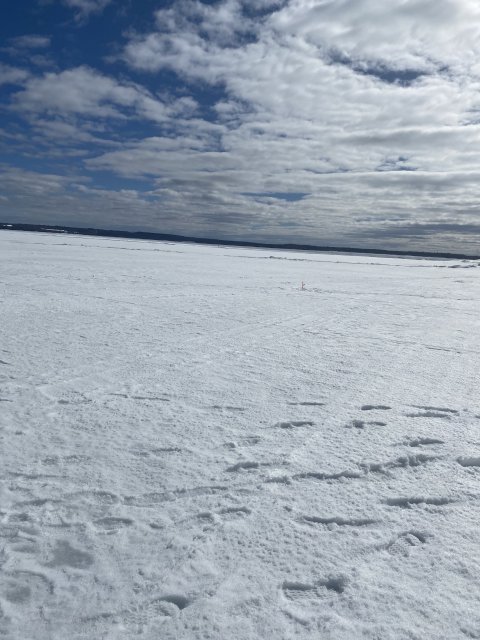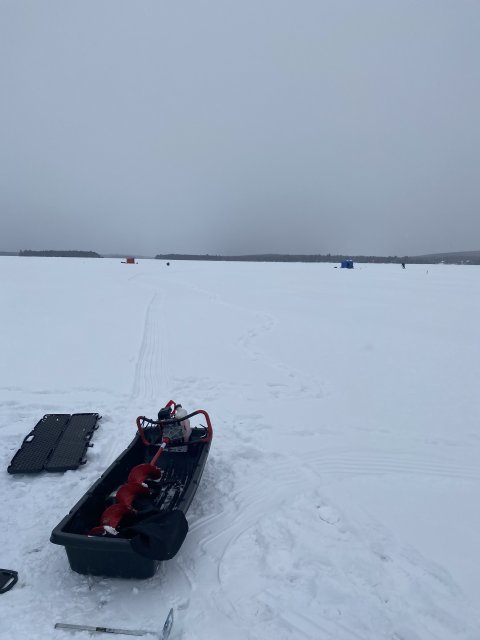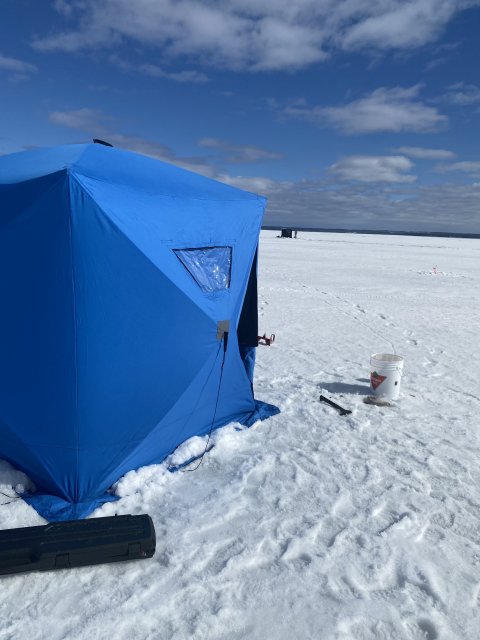jjohnwm , one question I meant to ask some time ago regarding the huge amounts of snowfall you receive, and in particular snowfall on roofs.
The weight of the snow on any one given roof can be quite significant. Do you need extra building regulations in place in Canada regarding the construction of house roofs?
No doubt safety factors are involved at the design stage of all houses. I'm guessing that these safety factors would go up considerably if there was a chance that snowfall could bring a roof down?
That's a good question! I haven't a clue how to answer it; when you are born and raised entirely in an area, you don't think of them as "extra" regulations; they are just...the regulations.
When my father and I built a garage at the cottage, we added considerable extra wood and reduced the spacing on joists...and a local neighbour stopped by and opined that if we wanted the thing to remain upright, we'd need to up our game considerably further. Certainly, a set of national...or even provincial...regulations would need to err greatly on the side of caution, which would result in structures in the south being massively and expensively overbuilt.
When I built another garage at my home in Ontario, I made sure the plans were approved by a local engineering firm to withstand the local expected snow loads. And I recently assembled...I won't say "built"...an impressively well-designed steel building kit here on my current property, which was rated for snow loads far exceeding anything it will ever see here. The wind was actually more of a limiting factor than snow.
Honestly, Esox, we don't get all that much snow; I'd bet that our total annual snowfall here is less than it was in southern Ontario. Generally speaking, the colder it gets...once you go below freezing...then the less likely it is to snow. Southern Ontario had a lot of near-zero-Celsius weather, which meant a lot of snow...but the temperature rose above 0C many times during a typical winter, so much of what fell would melt.
Temps in my current locale tend to be much colder, so we get much less snow. The catch is that, in most years, the first flakes that fall in early November are still sitting there at the end of the following March. So, at the end of the winter, the accumulation looks worse.



